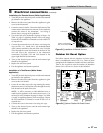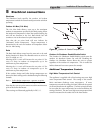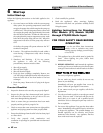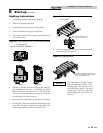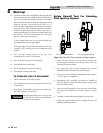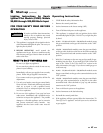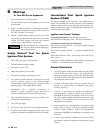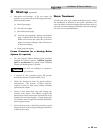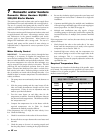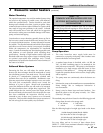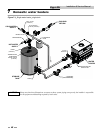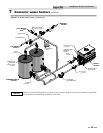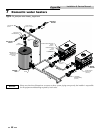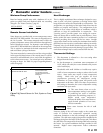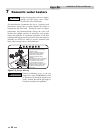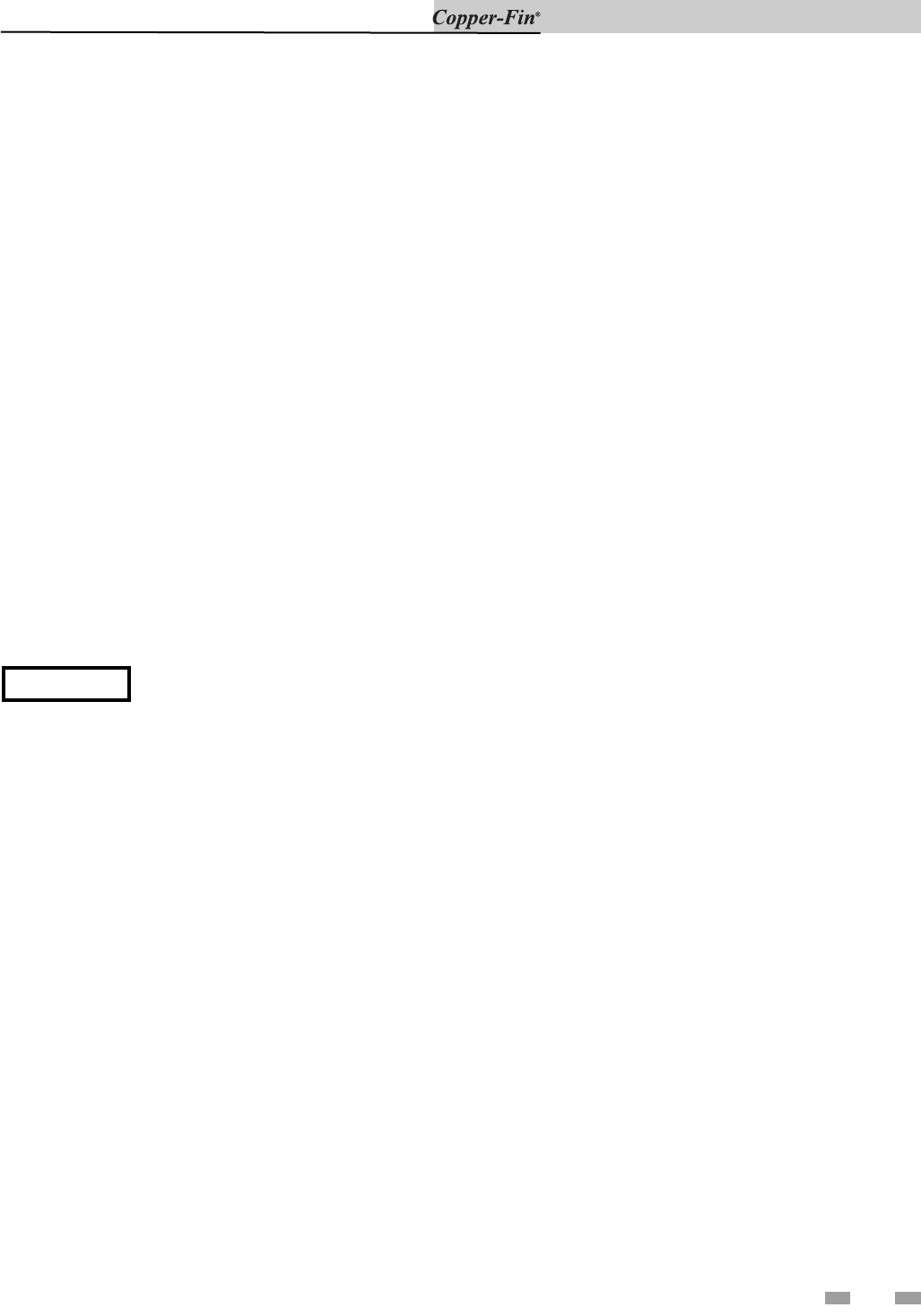
6 Start-up (continued)
45
Installation & Service Manual
6. Shut-down and Draining - If for any rea son, the
appliance is to be shut off, the following precautionary
measures must be taken:
(a) Shut off gas supply.
(b) Shut off water supply.
(c) Shut off electrical supply.
(d) Drain the unit completely. Remove one threaded
plug or bulbwell from the inlet side of the front
header and one from the outlet side of the front
header on the heat exchanger. Blow all wa ter out
of the heat exchanger.
(e) Drain pump and piping.
Freeze Protection for a Heating Boiler
System (if required)
1. Use only properly diluted inhibited glycol an ti freeze
designed for hydronic systems. Inhibited propylene
glycol is recommended for systems where incidental
contact with drinking water is possible.
ƽ CAUTION
DO NOT use undiluted or automotive
type antifreeze.
2. A solution of 50% propylene glycol will pro vide
maximum protection of approximately -30°F.
3. Follow the instructions from the glycol an ti freeze
manufacturer. The quantity of glycol an ti freeze
required is based on total system volume including
ex pan sion tank volume.
4. Glycol is more dense than water and chang es the
viscosity of the system. The addition of glycol will
decrease heat transfer and in crease frictional loss in the
heating boiler and re lat ed piping. A larg er pump with
more capacity may be required to maintain desired flow
rates in a glycol system.
5. Local codes may require a back flow preventer or actual
disconnect from city water supply when glycol antifreeze
is added to the system.
Water Treatment
In hard water areas, water treatment should be used to reduce
the introduction of minerals to the sys tem. Minerals in the
water can collect in the heat exchanger tubes and cause noise on
operation. Excessive build up of minerals in the heat ex chang er
can cause a non-warrantable failure.



